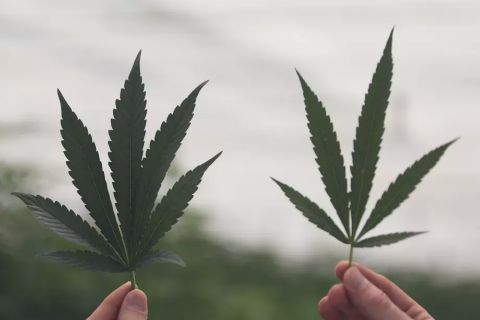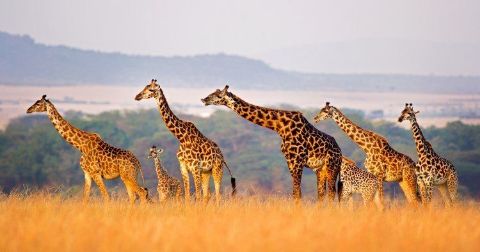You might also like
The third episode looks at the last generation of killer dinosaurs - carnivores that took killing to a new level. By the end of the cretaceous period - 75 millions years ago - these gigantic and specialised hunter-killers had spread throughout the globe. In the southern continents it was the powerful and muscular abelisaurids that reigned supreme but it was the famous tyrannosaurids (or tyrant dinosaurs) that dominated in the north. Whilst the northern daspletosaurus hunted in gangs, using its highly developed smell and hearing to take down opponents like the horned rhino-sized beast, chasmosaurus, in the Southern hemisphere the small-skulled majungasaurus reigned. And though the sharp toothed majungasaurus was an efficient killer of the much smaller feathered rahonavis that did not stop it from occasionally turning cannibal and hunting its own.
S1E3 • Planet Dinosaur • 2011 • Nature
This is a land where the tea comes with added elephants, gibbons sing to greet the morning, tigers dance and lions roam.
S1E1 • India: Nature's Wonderland • 2015 • Nature
In this episode we will explore the animal's sense of sight. You will see there's a lot more to this than meets the naked eye. You won't believe how some animals see the world, including the Nankeen Kestrel, Eagle, Owl, Cheetah, and Chameleon.
S1E1 • Animal Super Senses • 2020 • Nature
The savannah is home to some of the greatest herds on Earth, and in this episode, Wild Africa brings you close encounters with these animals. The savannah is Africa's youngest landscape, shaped by the weather and the animals themselves as the continent dried. It is now home to baboons, wildebeest, lions, cheetah, and aardvarks who must struggle through the eight-month dry season to survive.
S1E2 • Wild Africa • 2001 • Nature
In this episode Brian uncovers how the stunning diversity of shapes in the natural world are shadows of the rules that govern the universe. In Spain he shows how an attempt by hundreds of people to build the highest human tower reveals the force that shapes our planet. In Nepal, honey hunters seek out giant beehives that cling to cliff walls. The perfect hexagonal honeycombs made by the bees to store their honey conceal a mathematical rule. Off the coast of Canada, Brian explains how some of the most irregular, dangerous shapes in nature - massive icebergs that surge down from Greenland and into shipping lanes of the Atlantic - emerge from a powerful yet infinitely small force of nature. Even the most delicate six-sided snowflake tells a story of the forces of nature that forged it.
Part 1 • Forces of Nature With Brian Cox • 2016 • Nature





